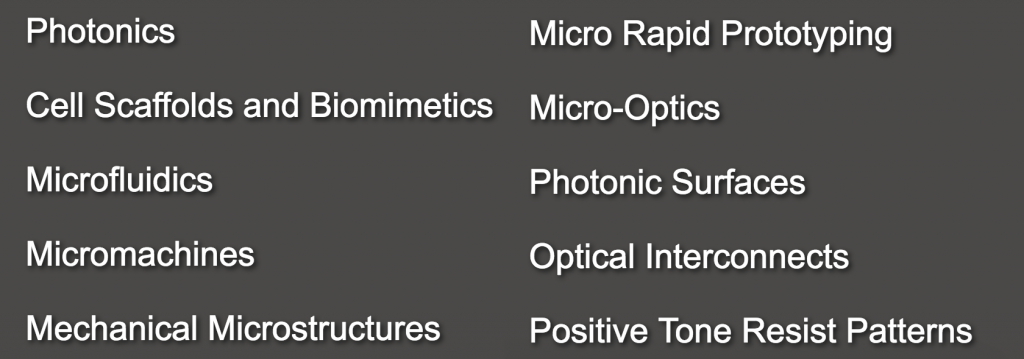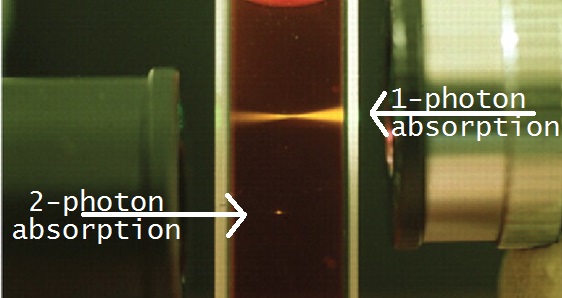April 4, 2021
Growing up in the 80s-90s in Western Anatolia was nice. The sunny summers felt endless and I had my share of playing in the street with my friends all day long. I was luckier than most other kids around me though: I grew up in two houses (my parents and my grandparents) that were full of books. Thanks to my uncle’s colorful Asterix and Storm series, I was hooked into books even before I learnt reading. So I can officially say that I owe my current self to many great and not-so-great books. Fictions, especially, improved my ability to see events from someone else’s perspective. And some exceptional books, like these six, showed me that human intelligence and creativity was far more advanced than I had assumed.
The Glass Bead Game / Hermann Hesse
Hermann Hesse imagined a world that the intellectual elites are free to follow their curiosity and work with no other practical responsibility. The main character is questioning if an intellectual can be content with such a life or there is more to life than that. The Glass Bead Game introduced me to Hermann Hesse, probably the most intelligent author I have come across. I love the original title in German: Das Glasperlenspiel.
The Gods Themselves / Isaac Asimov
How would a civilization from another universe interact with us? What would it be like if a species needed 3 sexes to procreate? How can a single human being named Isaac think of all these and write an amazing novel?
The Silmarillion / J. R. R. Tolkien
The Silmarillion backs The Lord of the Rings with a complex and fantastic mythology. Tolkien invented species, languages and religions from scratch. This book got into my dreams more than any other.
Watchmen is a literary masterpiece. It multiplied my respect and interest for graphic novels. The author and the artists invested significant time and energy in the development of the characters, story and graphics. A striking example: a minor character in Watchmen is reading a fictional comic book, which we also follow through a zoomed-in view. This comic book (Tales of the Black Freighter) would be a standalone masterpiece.
The Atlas of Misty Continents / İhsan Oktay Anar
Is there really a difference between dreaming and being awake? In this novel, an Ottoman scholar from Early Modern Period is trying to draw an exact map of the world. His method is interesting though: he takes a drug, sleeps and travels only in his dreams. His son then takes over the adventure which takes him from Istanbul to a secret mission in Central Europe, while the reader is lost in magical realism. It seems there is no English translation of this book as of 2021, although it is available in French, German and Korean.
This is a tricky one to summarize. It leaves the taste of a hallucinogenic drug, whenever I read it. It is hard to believe it was written in the 1920s, given the open-mindedness of the author and the characters.
Çağrı Üzüm


